
Leprosy, or Hansen’s disease is an infectious disease caused by bacteria Mycobacterium leprae. It causes damage to the peripheral nerves, skin, eyes, testes and mucous membrane of the nose.
This disease can range from mild to severe, the most common symptoms are rash bumps, along with numbness of certain areas of the skin and the diagnose, after the symptoms indicates the possibility of leprosy, is done with tissue biopsy. Leprosy is cured with antibiotics but they cannot reverse the damage to the tissue.
About 90 percent of cases of leprosy in 2007 appeared in India, Brazil, Indonesia, Congo, Bangladesh, Nigeria, Nepal, and Ethiopia. In 2006 the number of new cases in the United States was 137, and most of them were immigrants from developing countries.
Leprosy can occur at any age but usually in people between 5 and 15 years and over 30 years of age.
This disease is spread by contact with droplets from the nose or the mouth of an infected person that are then touched or inhaled by a healthy person. Not everyone who gets in contact with the bacteria gets infected. In most cases the immune system fights it off. It is unclear why some persons are not able to fight the bacteria by themselves, but it is believed it has something to do with genetic susceptibility.
There are several different types of leprosy. Paucibacillary leprosy is characterized by five or less skin areas affected by rash or bumps, while six or more affected areas indicate multibacillary form.
According to the symptoms, leprosy can be classified as tuberculoid, lepromatous or borderline leprosy.
Symptoms of leprosy start at least one year after contracting the disease, because the bacteria that cause it duplicate very slowly. In most cases it takes from five to seven years for the symptoms to appear.
Symptoms of tuberculoid leprosy include a rash in form of few white flat patches. The affected areas of the skin are numb because the bacteria are damaging the nerves underneath the skin.
In lepromatous leprosy symptoms consist of bumps or raised rashes of different size and shape. This form of leprosy affects more areas of the skin and may cause muscle weakness and damage to organs like kidneys, nose and testes.
Borderline leprosy combines symptoms of both tuberculoid and lepromatous leprosy.
The most severe symptoms are caused by damage to the nerves and consist of numbness which leads to insensitivity to touch, heat and injury. Muscle weakness may lead to deformity, for example, the fingers may curve inwards like claws.
Some areas may swell and form lumps, which leads to disfiguration.
Damage to the mucous membrane may eventually lead to permanent congestion, bleeding and even erosion. Leprosy can cause erectile disfunction and infertility, and in case the eyes are affected, glaucoma and loss of sight.
Kidney malfunction and failure are a possible consequence of leprosy.
These symptoms are clear enough to indicate a possibility of leprosy but the definitive diagnosis is made via biopsy.
Leprosy is treated with antibiotics which stop the progression of the infection but they cannot reverse the damage this disease has done.



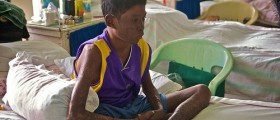
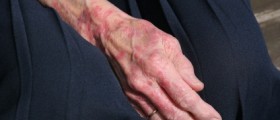




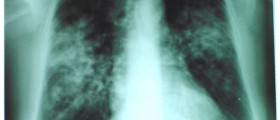
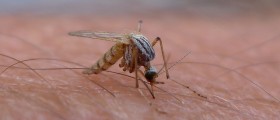


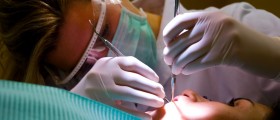
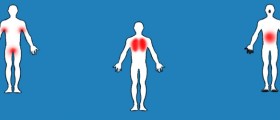

Your thoughts on this
Loading...